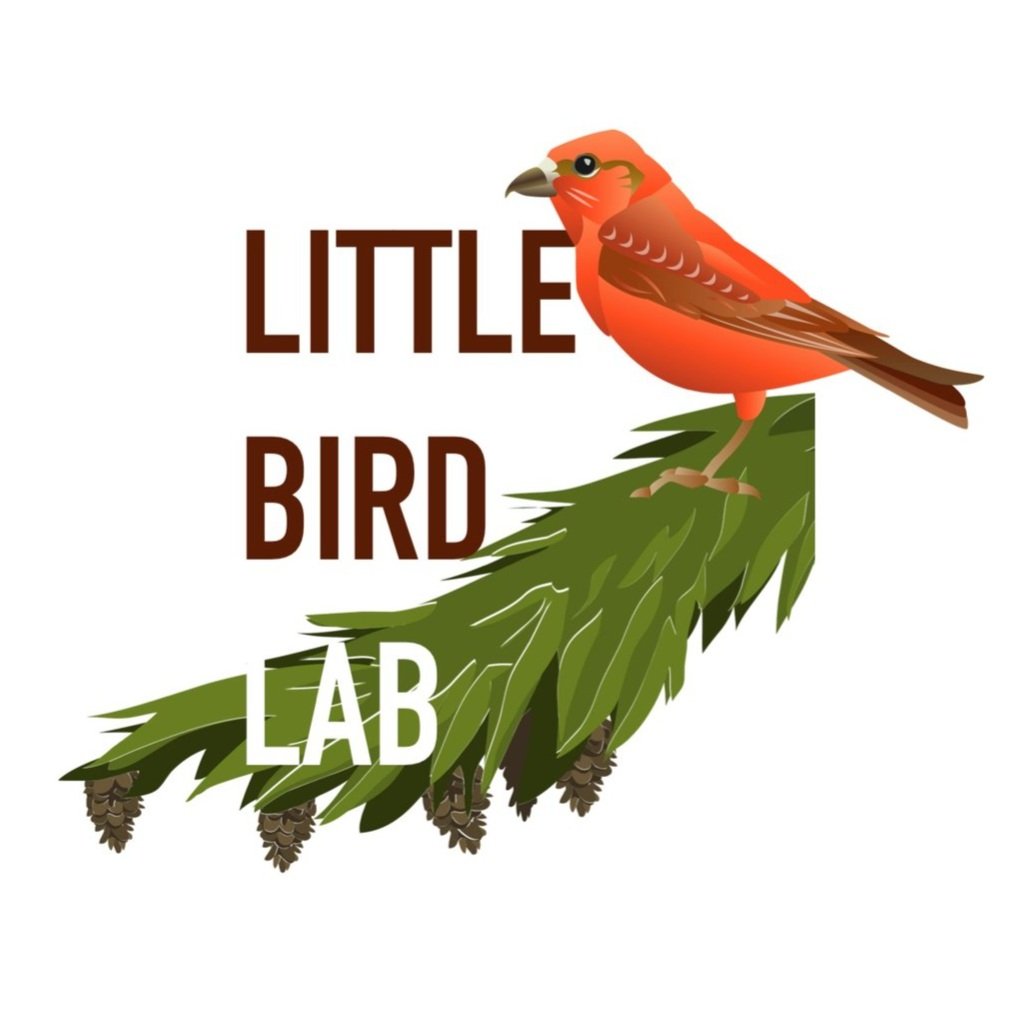We share our work in many venues.
Below are abstracts of the research we have presented at recent conferences.
Western bluebird sex ratios over years with varying temperature and precipitation
Valerie Brewer, Jamie Cornelius, Suzanne Austin
In sexually dimorphic animals, sex ratios may be driven by differences in offspring fitness benefits or production costs. Evidence indicates that organisms exposed to environmental stressors or with poorer condition may alter their offspring sex ratios to produce more females. Females may benefit from this adjustment in sex ratios to maximize fitness in more stressful environments. Here, we examined variation in nestling sex ratios within season and across years in breeding western bluebirds (Sialia mexicana), including during a historic heat wave in western Oregon. We assessed sex ratios in broods based on plumage color dimorphism in late stage western bluebird nestlings. We compare sex ratios with average temperature and precipitation using NOAA weather data in Benton County, OR. Specifically, we compare the hatch date, average daily temperature and precipitation with sex ratios between multiple years of breeding data. This study will contribute to our understanding of how sex ratios can be influenced by weather stress and between years
2023, Austin TX - Society of Integrative and Comparative Biology
Impact of winter weather on stress and reproductive physiology in captive red crossbills
Jalyn Devereaux, Jessica Karr, Thomas P. Hahn, Jamie R. Cornelius
Animals cope with seasonal changes in weather by scheduling life history stages to maximize fitness, but trade-offs may arise. Physiological preparations for cold temperate winters, for example, may limit the ability to breed – even if food remains abundant. We explore relationships between changing weather, reproductive and stress physiology in an opportunistic breeder, the red crossbill (Loxia curvirostra), by manipulating temperature, rain, and latitude (daylength) in a controlled setting from November through February. Birds were divided into 6 treatment groups and experienced 30 minutes of rain per day in either cold (6oC) or warm (18-22oC) temperatures and on natural photoperiod consistent with either high (58o N) or low temperate latitudes (44o N). Controls experienced dry conditions at these same temperatures and photoperiods. Blood samples were obtained at three sampling periods throughout the experiment, including: early-mid November, late December/early January, and mid-February. We compare baseline and stress-induced corticosterone levels with reproductive physiology across the fall to winter transition. This research will help determine how weather parameters may interact with hormonal control mechanisms of breeding in a reproductive opportunist with high degrees of flexibility in timing.
Metabolic and acute stress responses during abrupt cold acclimation in a nomadic songbird
Jessica Karr and Jamie Cornelius
*Jessie was runner-up for Best Student presentation in the Aubrey Gorbman competition for the Division of Comparative Endocrinology. Congrats Jessie!
Physiological adjustments promote the usage of energy stores for thermoregulation during abrupt temperature change. Songbirds can adjust metabolic capacity (i.e., summit metabolic rate - or the ability to increase metabolic rate to produce heat) and must also supply energy to support this capacity. Long-term cold exposure induces the development of higher metabolic capacity in several species; however, how quickly metabolic capacity changes and responds to temperature may vary among species. Further, hormonal responses that manage energy availability (e.g., circulating glucocorticoids) are largely undescribed in the context of changes in metabolic capacity during cold exposure. We present the metabolic and corticosterone responses of two ecotypes of red crossbill (Loxia curvirostra) of variable body size during abrupt cold acclimation. Loxia curvirostra are nomadic songbirds commonly found in northern latitudes that experience highly variable weather conditions year to year. The smaller-bodied Type 3 and lager-bodied Type 5 red crossbills were randomly assigned into treatment groups and housed in warm conditions (22° C) for two months before placement into the cold treatment (6° C). Basal and summit metabolic measurements were measured via open circuit respirometry and baseline corticosterone samples were taken prior to and during cold acclimation over a ten day measurement period. Using this comparative approach, we attempt to better understand the associated metabolic and hormonal responses during cold acclimation in small-bodied endotherms.
Use of conspecific vs heterospecific public information during food stress in captive finches
Natsumi Tsuchihashi, Heather Watts, Ben Vernasco and Jamie Cornelius
Animals utilize public information in many different scenarios, including commonly during foraging. Public information can come from both conspecifics or heterospecifics - and the use of information from these different sources is often context-specific. Some birds use advance warnings from conspecifics about food availability to prepare for declining food conditions by changing their behavior and physiology. Here, we assess whether this phenomenon occurs more broadly between ecologically relevant heterospecifics. Red crossbills (Loxia curvirostra) are conifer seed specialists that exist as a suite of different ecotypes with variable bill sizes and vocalizations, yet are considered the same species. Pine siskins (Spinus pinus) are closely related finches that are seed generalists but also utilize conifer seeds. Type 2 red crossbills were food restricted for 3 days immediately following a similar restriction of a neighboring bird - from which they could receive public information about declining food. Focal Type 2s paired with a neighbor Type 2 performed better in conserving mass during food restriction than those paired with a Type 3 or pine siskin neighbor. These results affirm that crossbills make physiological and behavioral adjustments in response to public information about declining food availability. More broadly, this study elucidates how public information use can depend upon ecological overlap and degree of relatedness, even amongst groups with dietary overlap.
